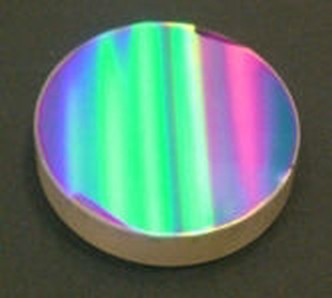What it is all about

Improving the control of the properties of lasers has led to their rapid commercial adoption, through high-value manufacturing in the automotive and consumer electronics markets, in digital communications for increased bandwidth, to medical applications with enhanced biological imaging and surgical techniques. Tailoring the temporal, spectral and spatial properties of light is enabling new advances across scientific frontiers, for example in nuclear physics to the recent successes in the measurement of gravitational waves.
A key optical element that enables control of these properties of light is the diffraction grating. In the case of high power laser light, a combination of a planar waveguide and sub-wavelength gratings, also known as Grating Waveguide Structures (GWS), is known to be a powerful solutions for tailoring the polarization and for realizing spectral and spatial beam shaping. The GWS form the platform upon which the project GREAT is built.


Modern laser systems are complex, and require highly skilled specialists to optimise their development and to implement innovative concepts. Within GREAT, a cohort of early stage researchers (ESR) will be working collaboratively to deliver systems and solutions responding to real-world problems, encompasses the full development chain for complex laser systems, stemming from the understanding of an end-user requirement.
